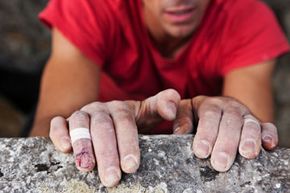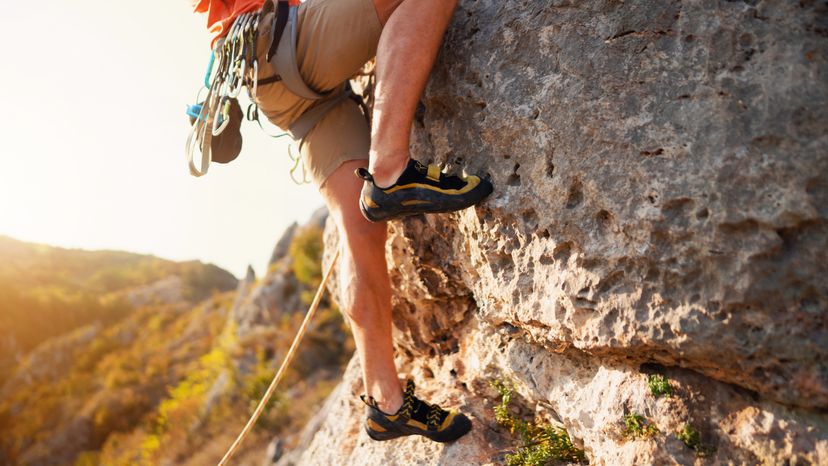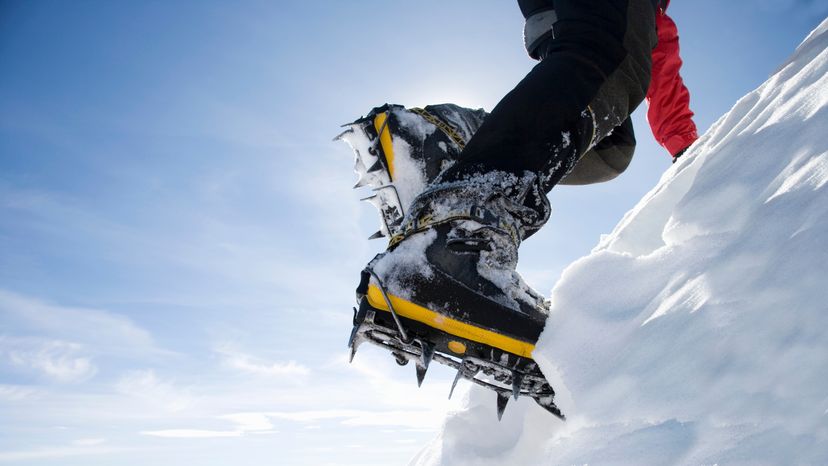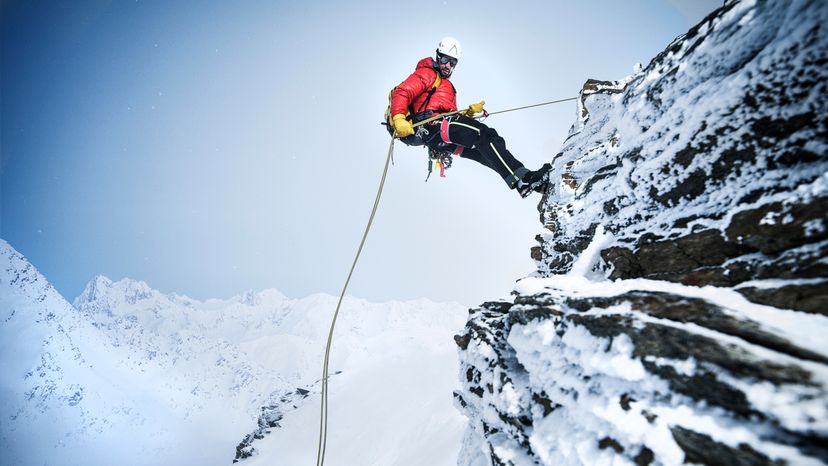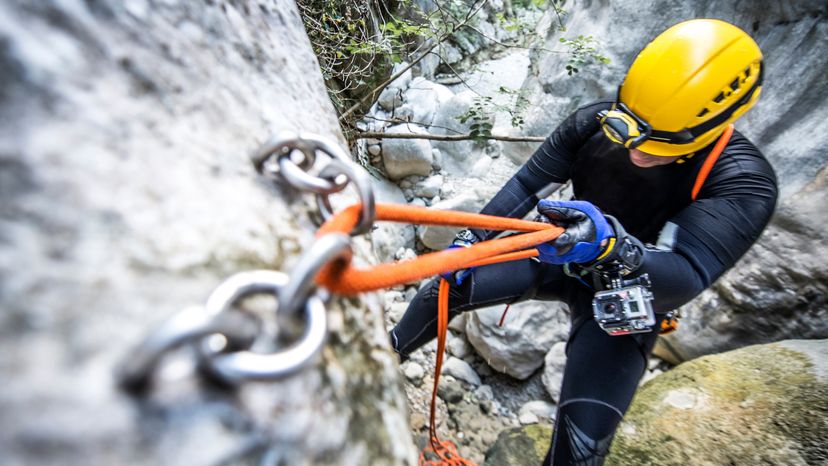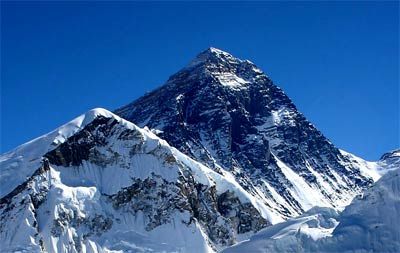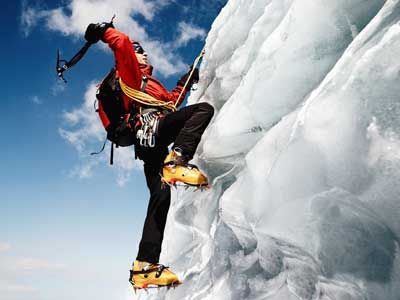Mountain climbing: The challenge of a vertical ascent promises exhilaration, beautiful views and a rewarding sense of achievement. Wherever there are mountains to climb, you'll find folks who are drawn to the sport and its unique challenges, welcoming the chance to test their skills, strength, endurance and teamwork.
There are many different styles and variations of rock climbing, so anyone from the weekend adventurer to the seasoned mountaineer can enjoy the sport. Traditional climbing involves taking rock climbs along routes that don't have permanent anchors for climbers, using only your hands and feet and some protective gear. Sport climbing involves the use of protection or permanent anchors that are attached to rock walls.
Advertisement
When bouldering, the climber is usually no more than 12 feet (3.6 meters) off the ground as he works his way through a boulder route called a problem. It's an extreme sport that emphasizes fitness, creativity, problem solving and teamwork. Ice climbing routes add the challenge of snow and ice, while mountaineering involves hiking or trekking in higher altitudes, often over several days or more. The two most dangerous forms are solo climbing, which is climbing alone without a partner or rope and protection, and deep water solo climbing, which involves climbing a rock and falling into deep water.
Indoor (or gym) climbing on specially constructed walls is a great way for beginners to learn about climbing and improve their fitness. It's also an effective way to train year-round, improving climbing skills and having fun.
No matter what style of climbing you choose, you'll find that rock climbing is a sport with language and gear all its own. Where else will you hear enthusiasts discussing crampons, carabiners, belays and crash pads?
If you're just getting started, the right gear makes all the difference. As your skills and the difficulty of your climbs increase, you'll find that owning quality gear that will grow with you is a smart investment.
So whether you're heading for Kilimanjaro, Mount Hood, the nearest mountain range or the wall at the local gym, your equipment bag -- and your vocabulary -- should include a few basic pieces of equipment. Learn more about climbing rope, shoes, crampons, ice axes, harnesses, crash pads, as well as belay and rappel devices and more in this article.
Advertisement
